I. Introduction
In today’s rapidly evolving world, security and asset management are more important than ever. Firstly, installing a surveillance camera system is a crucial step toward protecting property and ensuring safety.
Moreover, these systems not only help in early detection of suspicious activities but also provide valuable evidence for investigations. In addition, this guide will walk you through the entire process
—from planning and selecting equipment to installation and maintenance
—ensuring that your system operates effectively over the long term.
II. Benefits of Installing a Surveillance Camera System
1. Enhanced Security and Asset Protection
- To begin with, surveillance camera quan sát s serve as a deterrent to theft and vandalism by constantly monitoring critical areas.
- Furthermore, they provide real-time monitoring, which means any unusual activity can be detected immediately.
- Additionally, recorded footage can be used as evidence to support investigations and resolve disputes.
2. Improved Operational Efficiency
- Moreover, by integrating cameras with remote monitoring software, you can oversee multiple locations simultaneously.
- Subsequently, this level of oversight aids in streamlining operations and enhancing overall productivity.
- Consequently, businesses can better manage their resources and respond to issues promptly.
3. Data Analysis and Decision Support
- Furthermore, many modern systems incorporate AI technology that analyzes behavior and recognizes patterns.
- As a result, companies can obtain detailed reports and insights, which are instrumental in making informed decisions.
- In summary, surveillance systems not only safeguard assets but also contribute to strategic planning.
III. Choosing the Right Equipment and Accessories
1. Types of Surveillance Cameras
- Initially, you must decide between different types of cameras. For instance, IP cameras, analog cameras, and specialized dome, bullet, or PTZ cameras each offer unique advantages.
- For example, dome cameras are ideal for indoor use due to their discreet design, whereas bullet cameras are preferred for outdoor installations.
- Consequently, selecting the right type depends on your specific requirements and the environment in which they will be installed.
2. Key Considerations
- Firstly, consider the resolution. Cameras with at least 1080p resolution ensure clear and detailed images, even in low-light conditions.
- Next, make sure that the cameras support 24/7 operation, including infrared capabilities for nighttime surveillance.
- Moreover, if you plan to install cameras outdoors, they should be weatherproof and capable of withstanding harsh conditions.
- Finally, features such as motion detection, automatic alerts, and cloud storage integration can significantly enhance the system’s functionality.
- https://techners.net/
3. Essential Accessories
- Additionally, reliable accessories such as sturdy mounts, brackets, and high-quality cables are essential to secure the cameras properly.
- Furthermore, a robust power supply and network connectivity solutions, like NVRs or cloud storage systems, ensure that your video footage is safely stored and easily accessible.
- In conclusion, the choice of accessories should complement the camera system to guarantee a smooth and secure installation process.
IV. Step-by-Step Installation Process
1. Planning and Site Survey
- To start with, conduct a thorough site survey to determine the areas that require surveillance. This includes entrances, hallways, workspaces, and storage areas.
- Then, based on your objectives—whether for security, monitoring, or both—determine the optimal positions for each camera.
- Moreover, draw up a detailed layout plan to visualize the placement and avoid blind spots.
2. Preparing Equipment and Tools
- Initially, gather all necessary equipment, including cameras, mounts, cables, and network devices.
- Additionally, ensure that you have the required tools, such as drills, screwdrivers, and measuring tapes.
- Subsequently, verify that all devices are functioning correctly before beginning the installation.
3. Installation and Setup
- Firstly, install the camera mounts at the predetermined locations, ensuring they are securely fixed.
- Next, attach the cameras and adjust their angles to cover the intended area effectively.
- After that, connect the cameras to the power supply and network. For wired systems, this involves securely running cables; for wireless setups, ensure a stable WiFi connection.
- Then, configure the camera settings via the management software, adjusting parameters such as motion sensitivity and alert thresholds.
- Finally, perform a series of tests under various conditions to confirm that all cameras are capturing high-quality images and that the system is fully operational.
4. Training and Maintenance
- Subsequently, it is important to train your staff on how to operate and monitor the system. This includes accessing footage, handling alerts, and basic troubleshooting.
- In addition, provide comprehensive documentation and user manuals.
- Moreover, establish a regular maintenance schedule that includes cleaning lenses, checking connections, and updating software.
- In summary, ongoing training and maintenance are vital to ensuring the long-term success and reliability of your surveillance system.
V. Final Considerations and Upgrades
- Furthermore, as your needs evolve, periodically evaluate the performance of your system and consider upgrades such as adding more cameras or integrating advanced analytics.
- Additionally, keep abreast of the latest technological developments to ensure your system remains secure and efficient.
- Ultimately, a well-planned and maintained surveillance system will not only protect your assets but also provide valuable insights that drive better decision-making.
VI. Conclusion
In conclusion, installing a surveillance camera system is a comprehensive process that requires careful planning, proper equipment selection, and meticulous installation. Moreover, by incorporating the right transitional strategies in your workflow—such as a detailed site survey, thorough training, and regular maintenance—you can ensure that your system is both effective and sustainable. Therefore, investing in a high-quality, well-maintained surveillance system is a proactive step toward enhancing security, improving operational efficiency, and ultimately safeguarding your business.
This guide is designed to provide you with a clear and systematic approach to installing a surveillance camera system. If you require further assistance or personalized advice, please do not hesitate to contact a security system expert for additional support.
CÔNG TY TNHH TM-DV ĐẦU TƯ AN THÀNH PHÁT
Đơn vị chuyên cung cấp & lắp đặt camera quan sát, thiết bị báo động, báo cháy, máy chấm công, thiết bị mạng, …
Trụ Sở: 51 Lũy Bán Bích, Phường Tân Thới Hòa Quận Tân Phú, TP.HCM
Hotline Tư Vấn: 0938.11.23.99
Chi Nhánh 1: 445/38 Tân Hòa Đông, Phường Bình Trị Đông, Quận Bình Tân, TP.HCM
Tư Vấn Kỹ Thuật: 0906.855.330
Tư Vấn Mua Hàng: 0902.452.577
Hotline CSKH: (028) 6688.4949
Email: congngheanthanhphat@gmail.com






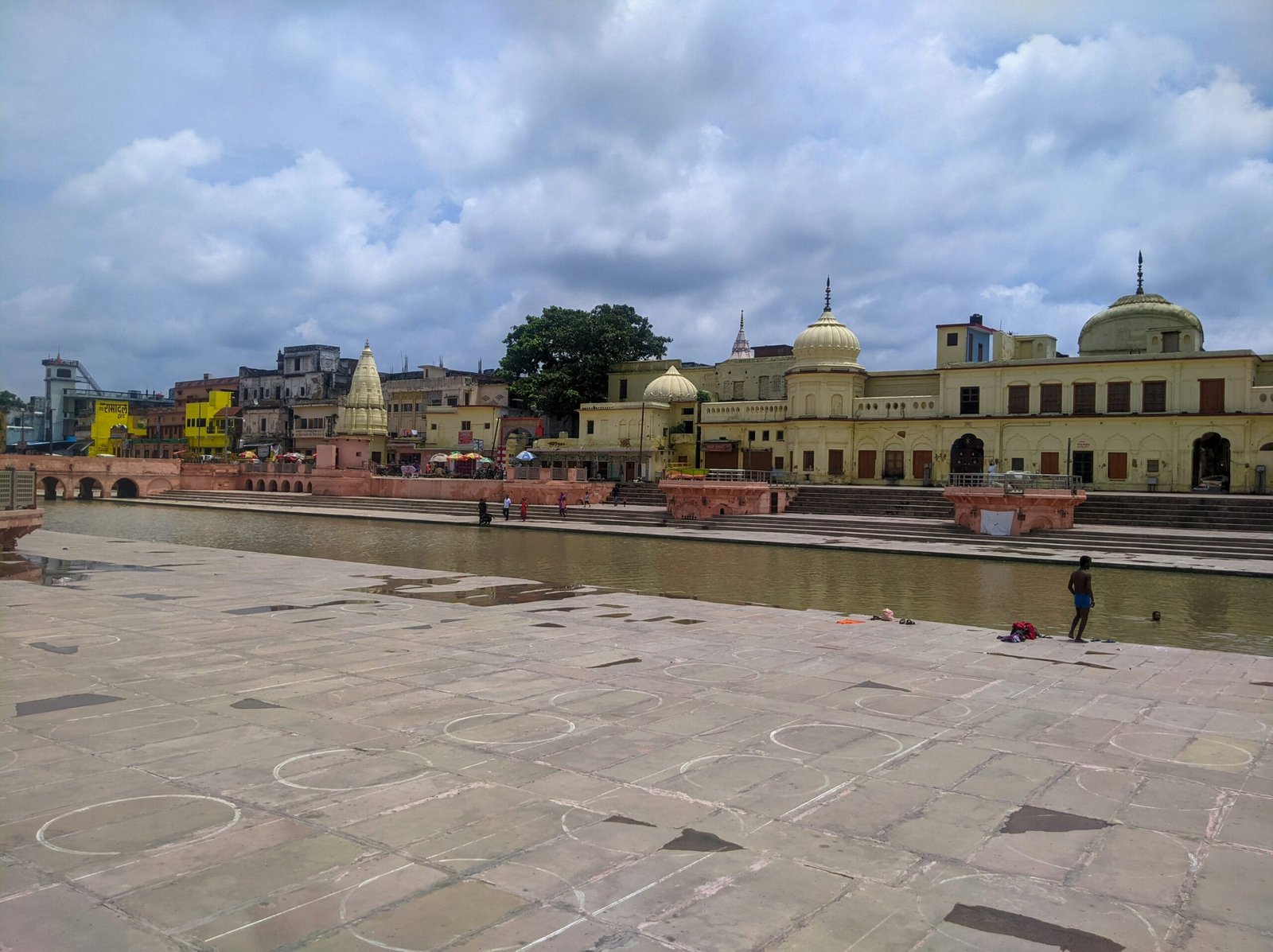


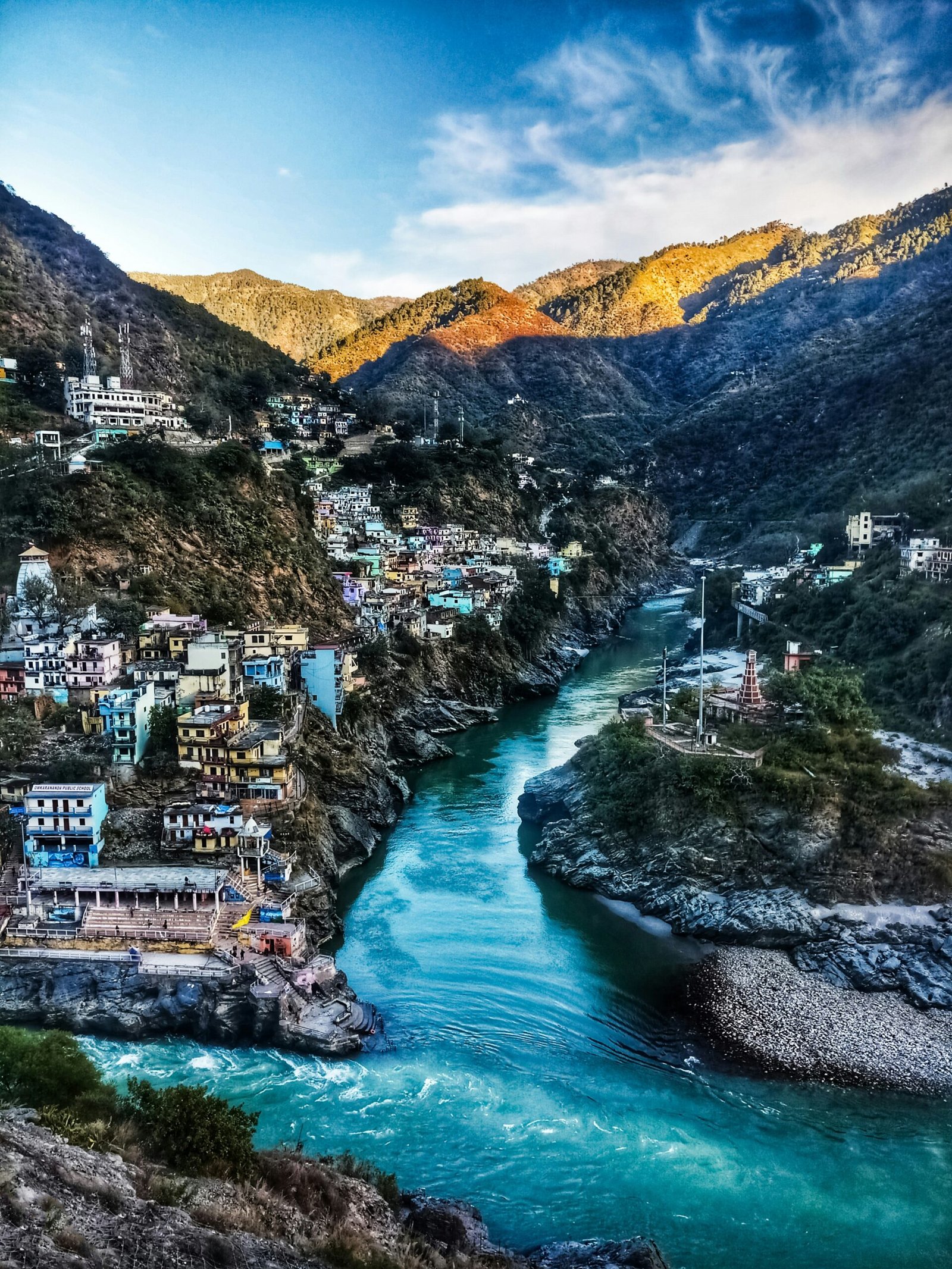
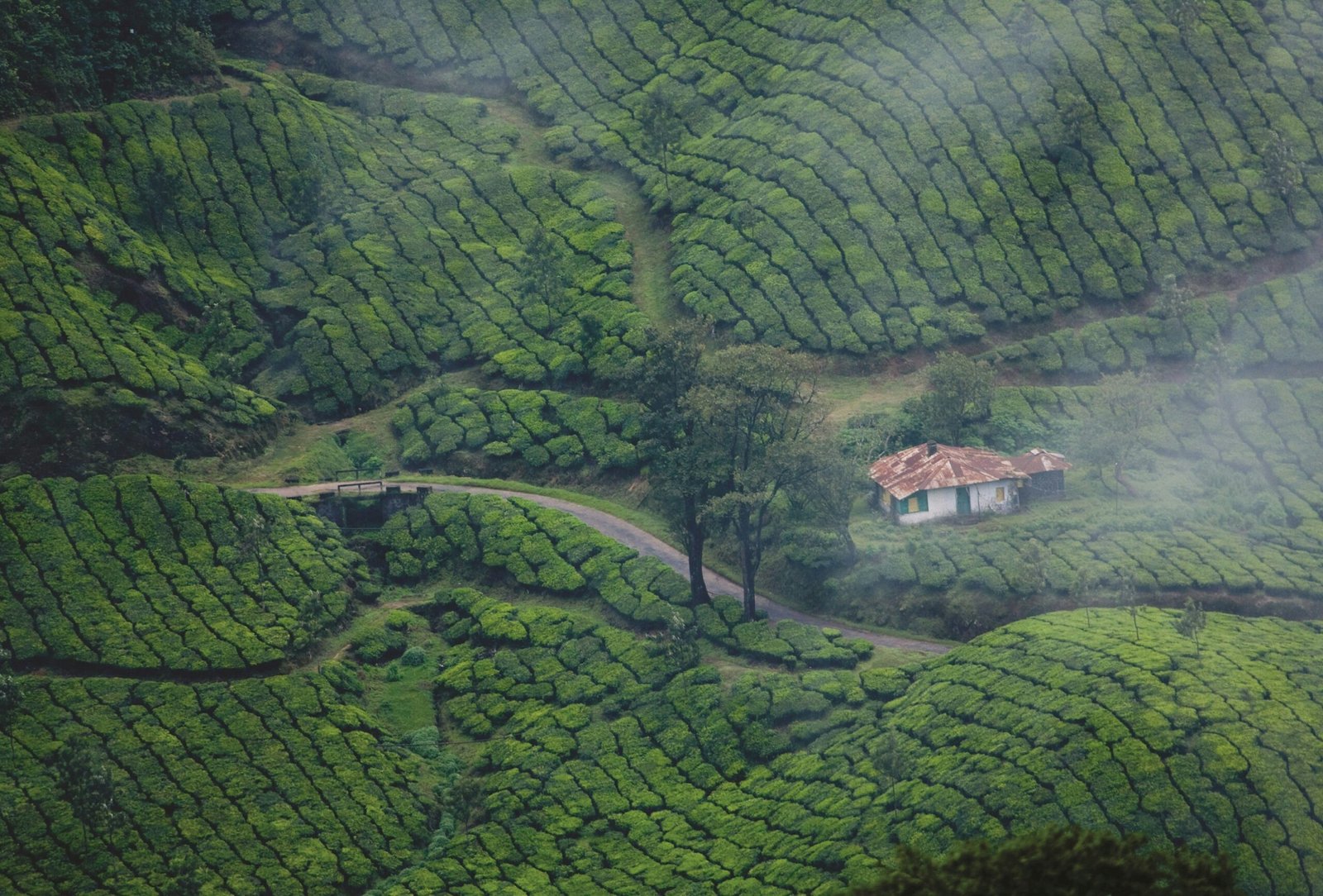

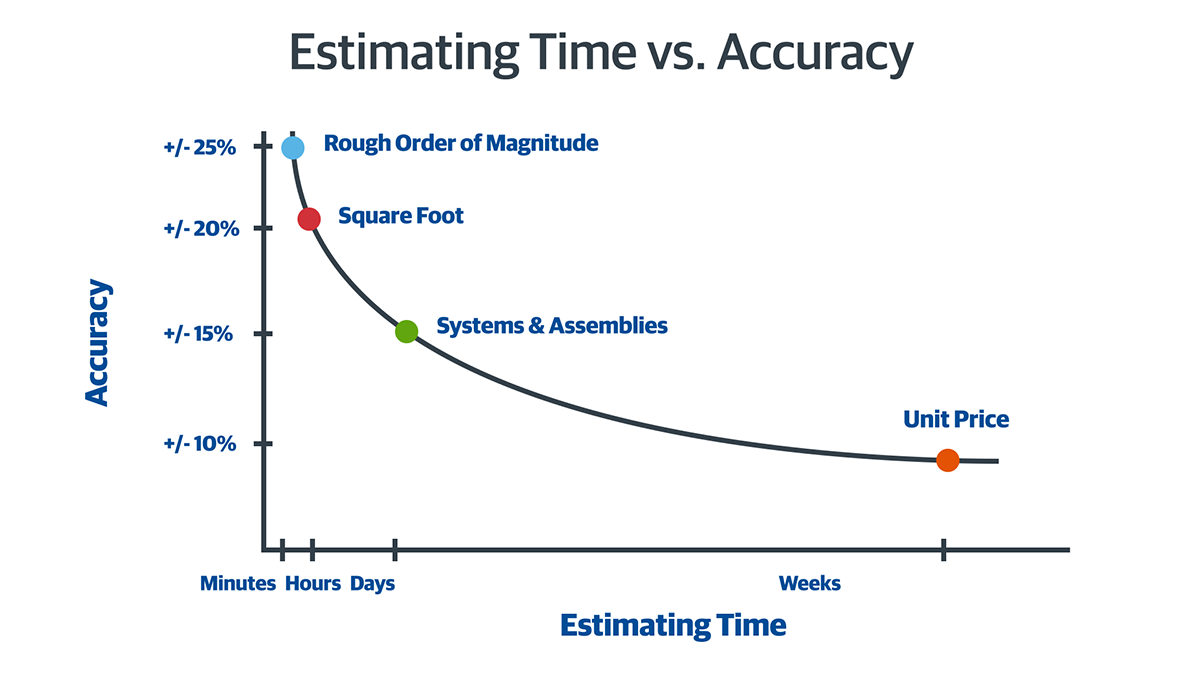
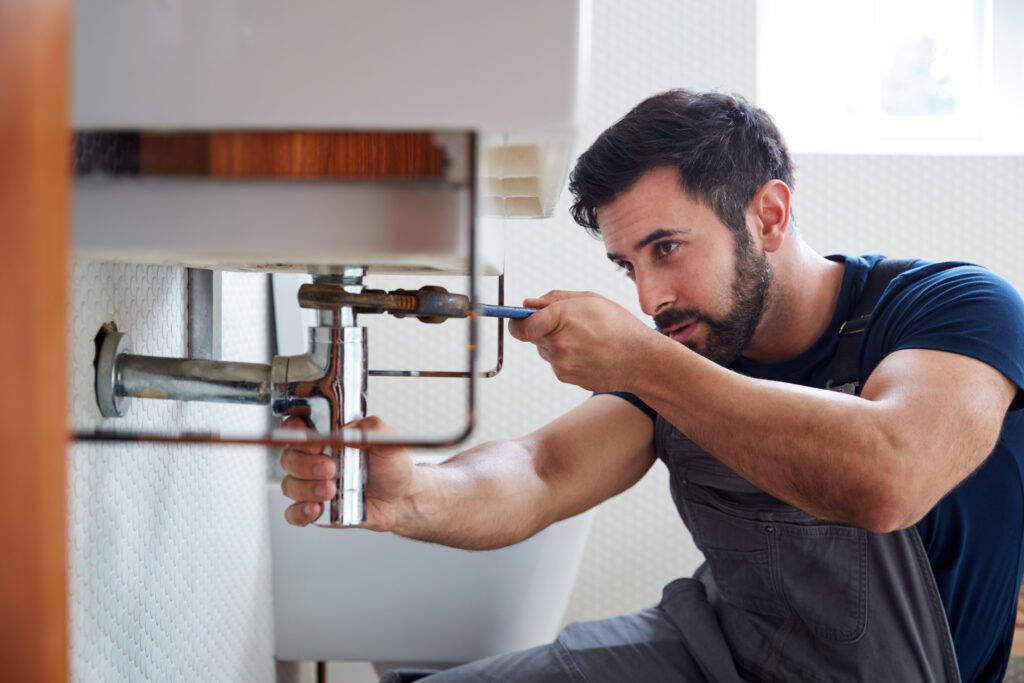


Leave a Reply